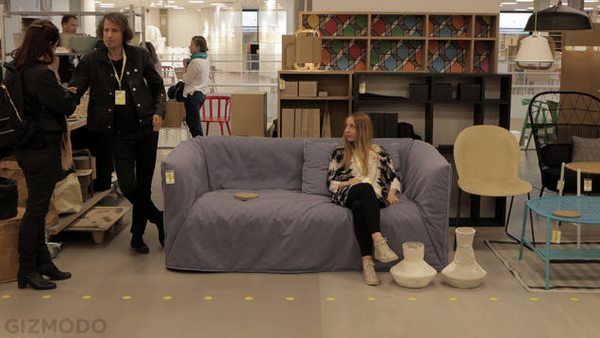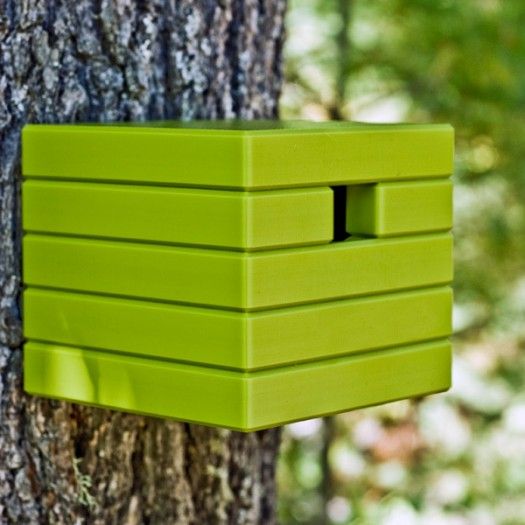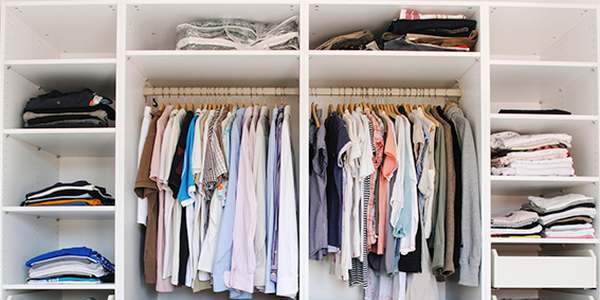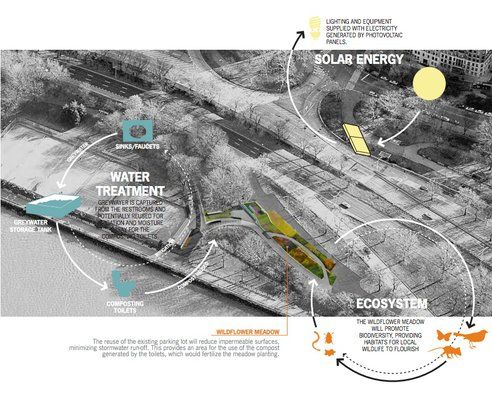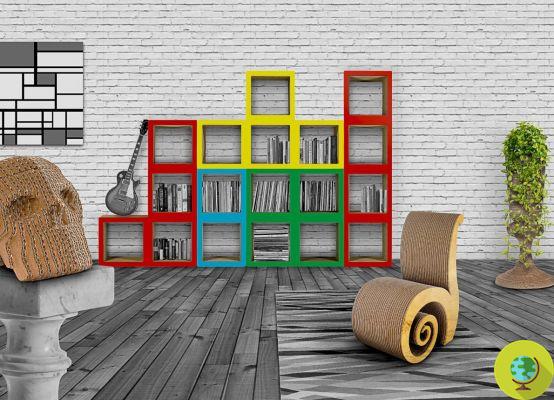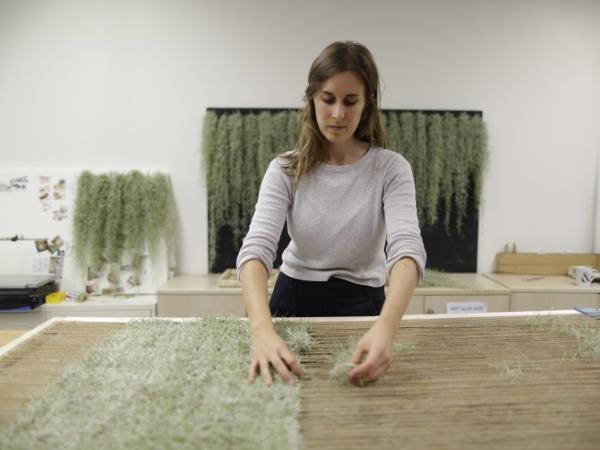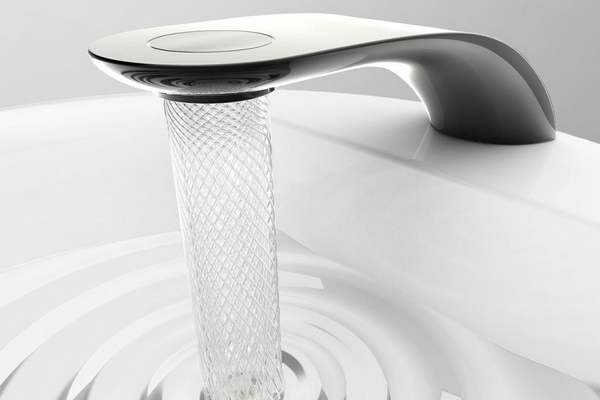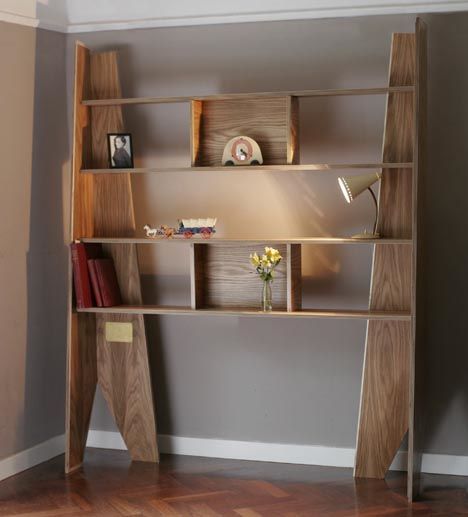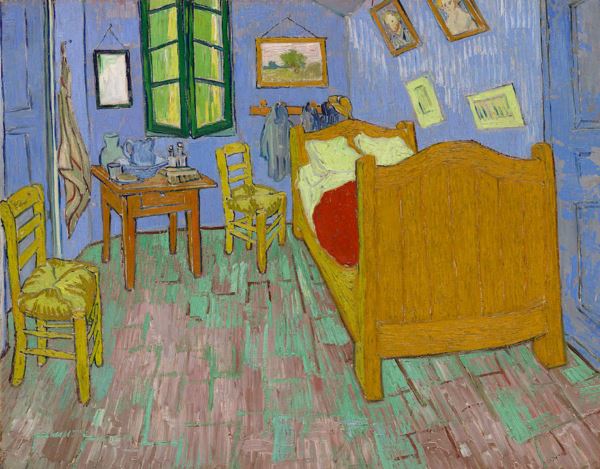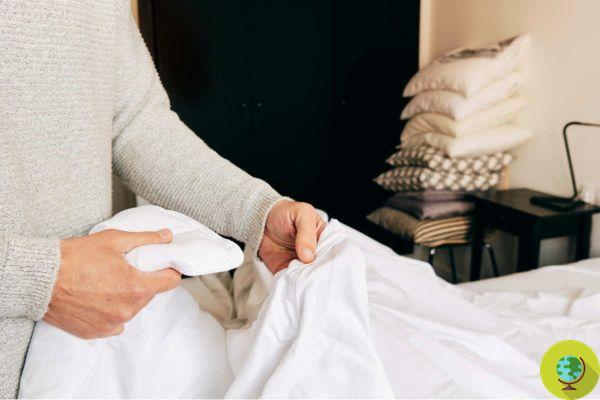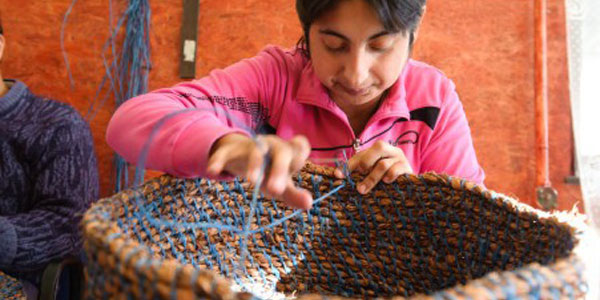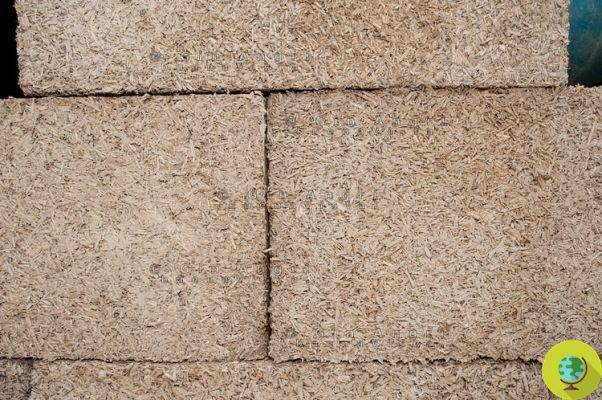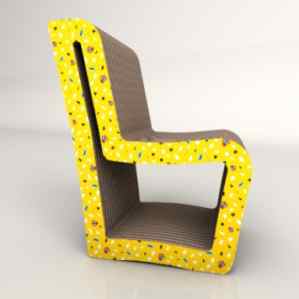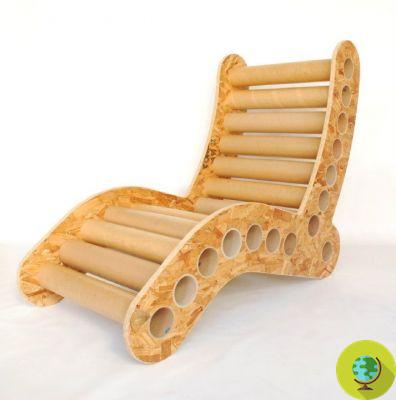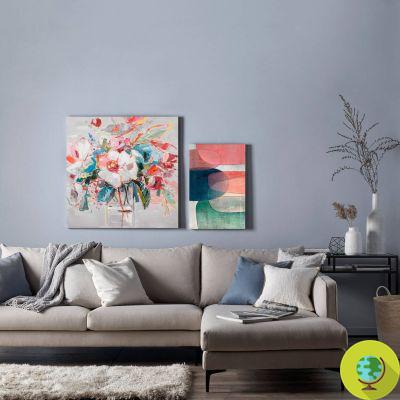
How can we reduce the risks of coronavirus infection inside buildings? The proposals of the University of California in Davis (USA).
Coronavirus: social distancing is for now the only weapon to curb the infection, but it cannot be absolute and in any case it will not be eternal. How can we reduce the risks inside buildings? Opening windows and curtains seem the simplest and most obvious solutions, but they are not the only precautions we should take into account. The proposals from the University of California in Davis, United States.
The whole world, even the one in full emergency, is looking for solutions for the so-called Phase 2, the one in which we should "live" with the virus, limiting health but also economic damage (pending therapy and / or a vaccine effective). For this, teams of experts study methodologies to return to a sort of normality that takes into account the risks.
But not only. Even in full emergency it is not possible to completely stop everything: apart from hospitals, there are other activities that cannot stop, such as supermarkets and shops that sell basic necessities in general, as well as pharmacies, but also the public transport that must accompany who has to go to work anyway.
For this there are proposals for reconciling viruses and "normal" life.
Just recently, two Princeton University researchers had proposed the "6 seconds and 6 feet rule", arguing that within 6 seconds and 6 feet (about 2 meters), the risk of contagion is very low, and inviting the community science to focus on viral load, a factor less considered in debate and research, but no less important.
From experts, the "6-second rule" to reduce the risk of contagion
Now University of California researchers point out that open windows it is very important, because the air circulation favors the dispersion of pathogens, while opening the curtains allows the entry of natural light. And this is true for almost all viruses and bacteria.
As for the dreaded SARS-CoV-2, responsible for the Covid-19 infection, so far, the only documented route of transmission is direct from person to person. But viruses are known to also settle on surfaces, and the survival time of this is still up for debate: estimates range from a couple of hours to a few days, depending on the material and conditions.
And above all, not knowing the exact times, the regular cleaning of surfaces and thorough hand washing they are important, as has been repeatedly confirmed by our Ministry of Health.
What is perhaps less well known is the inability to block the virus for common HEPA and MERV air filters: le ventilation strategies however, they can still play a role in reducing disease transmission because increasing the amount of air flowing from the outside and the rate of exchange can dilute the virus particles inside, lowering the risk of contagion.
"This can include 'perimeter ventilation', or opening a window, when outside temperatures allow it - explain the researchers - However, a high airflow could also lift stabilized particles and put them back into circulation, as well as causing consume more energy ".
It is therefore important to act on thehumidity.
"Virus molecules like dry air - the experts continue - so keep a 'relatively high humidity can help. Virus-carrying droplets get larger in moist air, so they settle more quickly and don't travel far. Moisture also appears to interfere with the lipid envelope around viruses such as SARS-CoV-2. Too much humidity, however, can promote mold growth ".
Unfortunately modern buildings are generally designed for promote social interactions, from open-plan living areas in homes to open offices where many workers share space. In fact, these layouts are believed to generate more creativity and teamwork. But unfortunately they are probably also great for spreading viruses.
In the short term, it may not be practical to make major changes to the office layout. But understanding how the layout and how people use shared spaces affect disease transmission could help develop effective social distancing measures and make decisions about when people can return to work.
The review was published on mSystems.
Sources of reference: UC Davis / mSystems
Read also:
- Coronavirus, Crisanti (virologist): "The recovery will be long and full of outbreaks"
- Conte: extension until May 3 for everyone, "it all depends on us"




